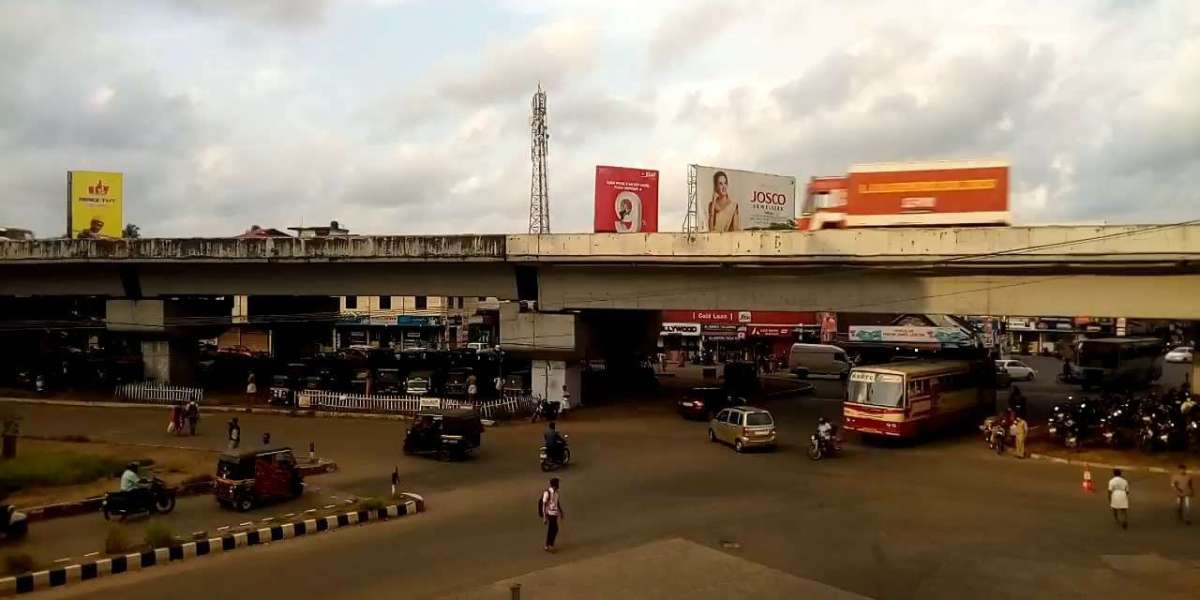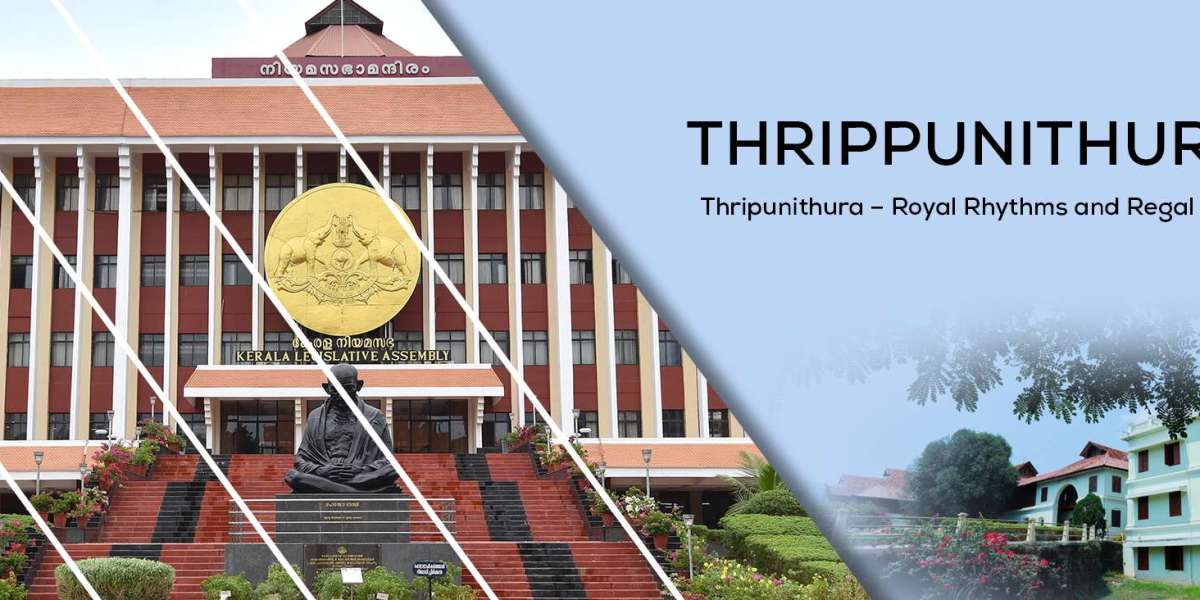Geography & Demographics
Chalakkudy town occupies about 25 km² within the constituency and hosted roughly 49,525
residents in 2011, achieving a robust literacy rate of 96.4%—male 97.5%, female 95.4%. The sex
ratio favors women, and the electorate counts have grown steadily through successive election
cycles (~176,055 in 2011 to 192,767 in 2021).
Economic Fabric & Social Profile
This constituency blends commercial town life, tourism-linked trade, agri-based villages, and a
small GulfNRI income segment. Chalakudy town thrives on retail businesses, riverfront tourism (to
Athirappilly and related attractions), and commuter traffic along NH 544 and SH 21. Outlying
panchayats sustain agriculture (paddy, coconut) and small-scale enterprises. The middle-income
social stratum is dominant, with a modest share of BPL households and few highincome urban
professionals or real estate owners.
Political Landscape
In the 2021 state elections, T.J. Saneesh Kumar Joseph (INC) won the seat, defeating Kerala
Congress(M) rival Dennies K Anthony by around 1,057 votes, in a close race that saw about 72.6%
voter turnout. Before that, CPI(M)’s B.D. Devassy held the seat with nearly 49.4% vote share in
2016.
Recent Developments
Road and infrastructure upgrades are underway, including widening SH 21 corridor to
support tourism inflow to Athirappilly and Vazhachal falls.
Chalakudi railway station, an NSG5 Adarsh class facility handling ~10,000 passengers daily,
now benefits from improved commuter access, parking, and passenger amenities under
Southern Railway initiatives.
Within the district, local voices have advocated better sewage and flood-control
infrastructure to preserve agricultural lands and manage monsoon flooding—an ongoing
civic conversation. Meanwhile, discussions on new industrial projects (like a proposed
garments park or hospital near Thrissur region) may offer indirect economic spillovers for
Chalakudy residents.
Chalakkudy Assembly Constituency stands at the intersection of riverine heritage, town trade,
middleclass enterprise, and eco-tourism potential. With high literacy, committed civic participation
(~73%–78% turnout), and ongoing civic modernisation—from station upgrades to road widening—it
is a constituency in motion: balancing tradition, natural beauty, and frontier-ready development







